The Essential Role of Koji Mold in Shaping Japanese Food Culture
The Essential Role of Koji Mold in Shaping Japanese Food Culture
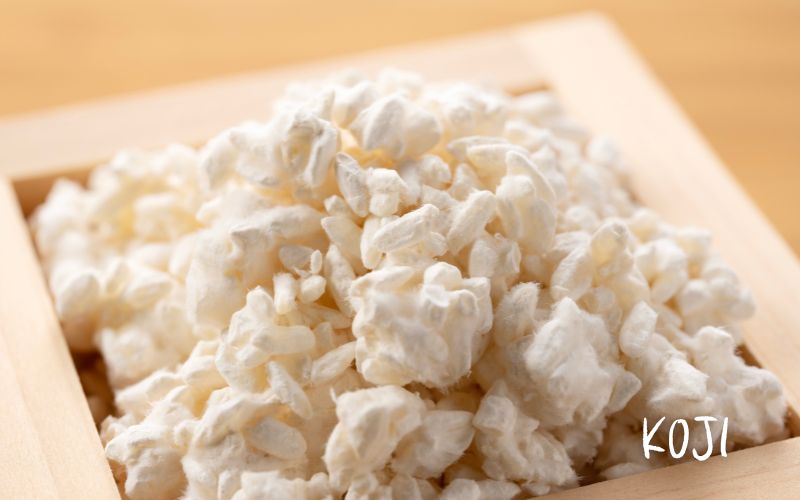
It's fair to say that Japanese food culture owes much to koji mold. Fermentation, the process of breaking down food with microorganisms, yields a diverse array of fermented foods known for their health benefits. You often hear about their positive impact on gut health.
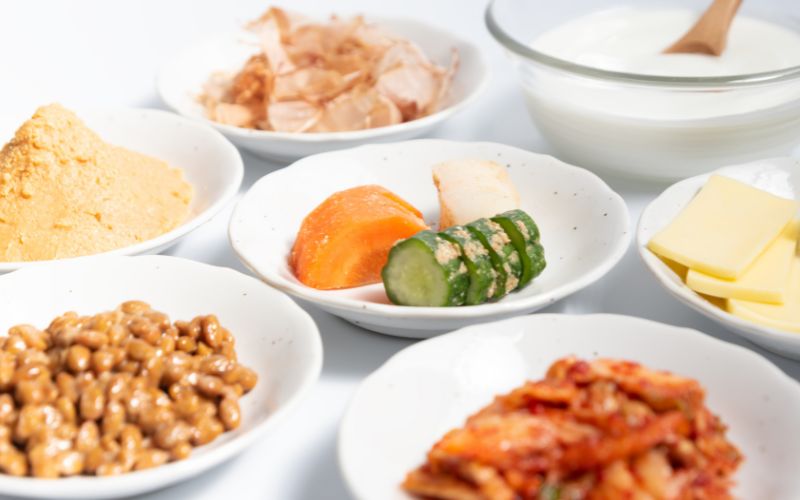
The creation of fermented foods follows a simple equation: raw ingredients multiplied by the function of microorganisms equals fermented food. However, not all ingredients or microorganisms make the cut. Over time, through a process of trial and error, only the most useful and delicious fermented foods have survived and continue to be enjoyed today.
In Japan, koji mold plays a pivotal role in shaping traditional fermented foods like miso, soy sauce, and sake. These iconic Japanese delicacies owe much of their existence to this mold.
Let's take a simplified look at the production process of miso, soy sauce, and sake:
Miso
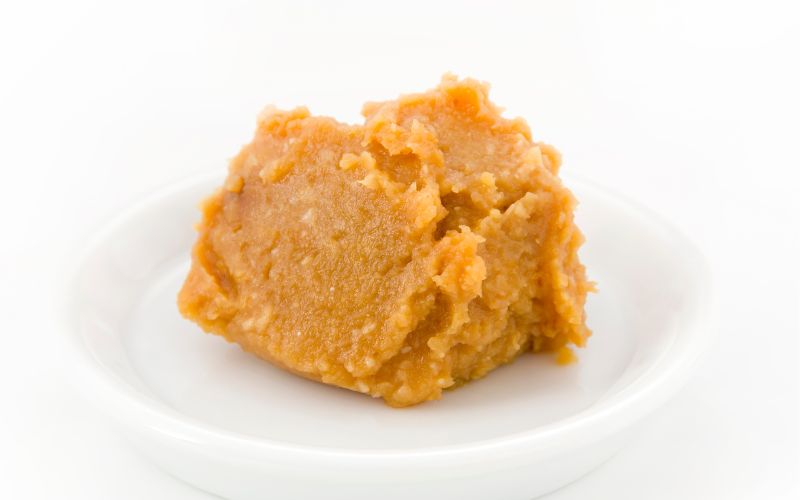
For Shinshu miso: Boiled soybeans and steamed rice multiplied by koji mold plus salt equals Shinshu miso.
For Shiro-miso: Boiled soybeans, steamed rice (in larger quantities), koji mold, and salt.
For Mame-miso: Steamed soybeans multiplied by koji mold plus salt.
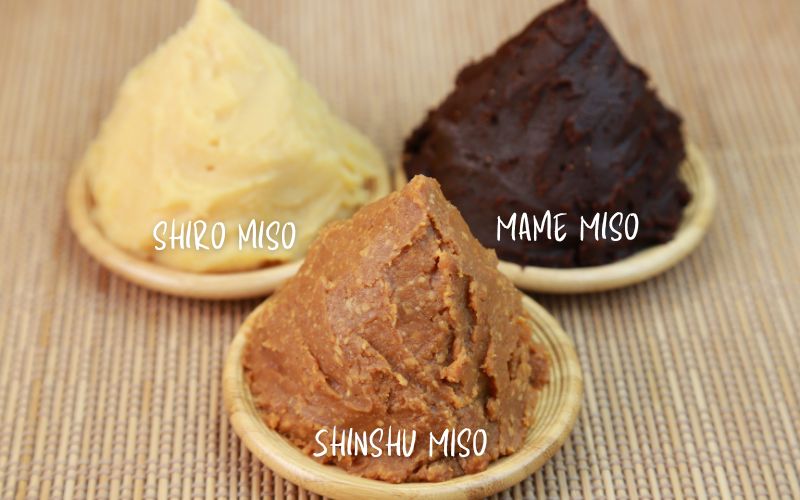
Fermentation times vary; Shinshu miso takes six months to a year, Shiro-miso a few weeks to a month, and Mame-miso two to three years.
During fermentation, koji mold breaks down soybean protein into amino acids and rice starch into sugars, providing the raw materials for umami and sweetness, giving miso its distinctive flavor.
Soy Sauce
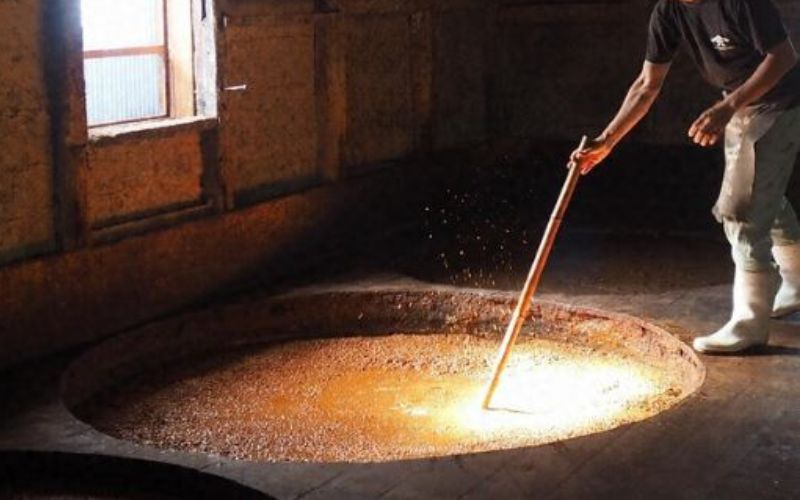
Steamed soybeans and roasted wheat multiplied by koji mold plus saltwater equals soy sauce.
Fermentation and maturation take about six months, during which soybean protein becomes amino acids and wheat starch turns into sugar.
Sake
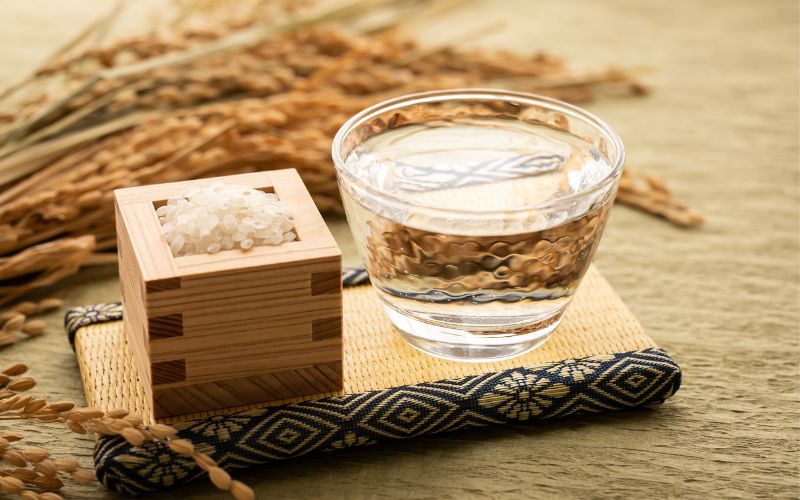
Steamed rice multiplied by koji mold plus water or yeast equals sake.
Rice starch converts into sugar, then into alcohol and acidity through yeast and other factors.
Fermentation and maturation time vary, but around two months is typical.
Apart from koji mold, Japan also embraces lactic acid fermentation using lactic acid bacteria, commonly seen in pickled vegetables like Nozawana pickles.
Natto
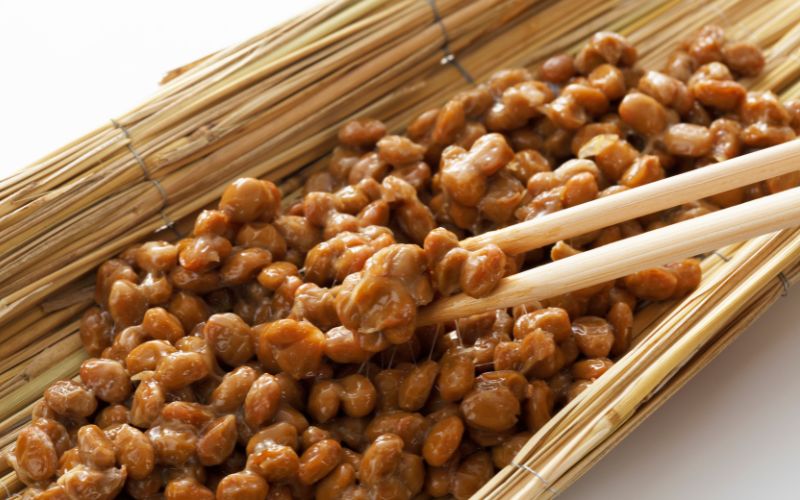
Natto, a beloved fermented food, is made with Bacillus natto, known for its potent fermentation abilities.
Fish Sauce
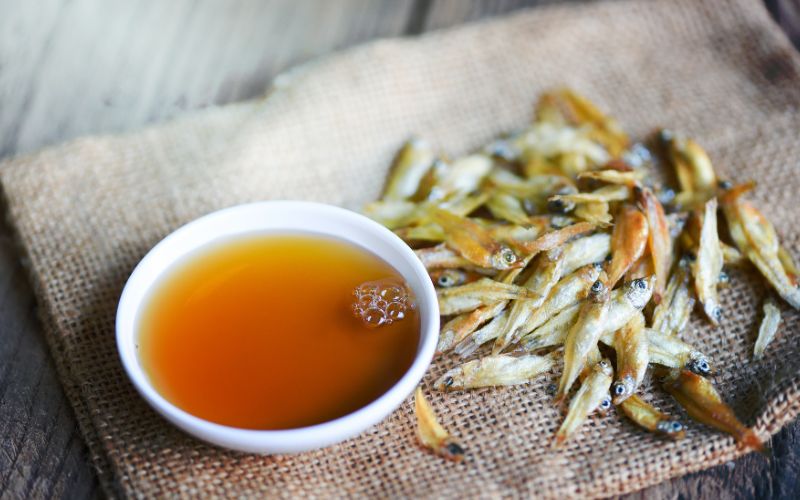
Fish sauce, despite not fitting the mold of traditional fermentation (it's enzymatic breakdown rather than microbial fermentation), holds a historical place in the fermented foods category.
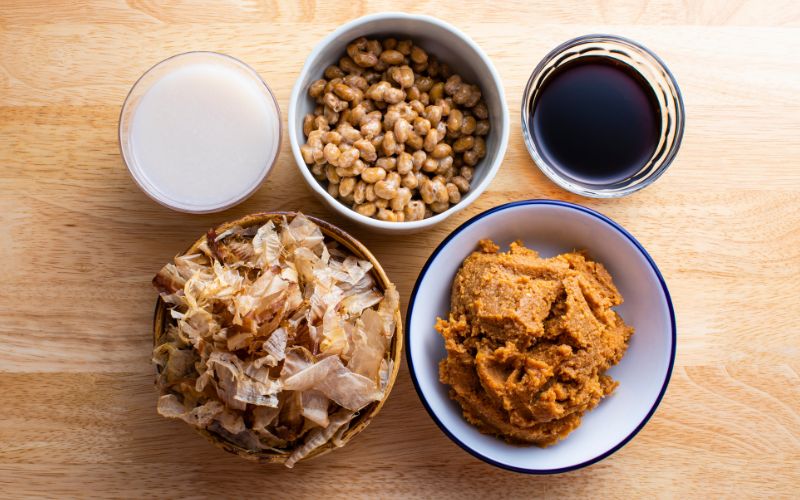
Traditional fermented foods have stood the test of time, evolving from preservatives to flavorful delicacies.
While modern production methods have streamlined their availability, traditional methods offer unparalleled taste and health benefits.
So, next time you have the chance, savor some traditional fermented foods, readily available at roadside stations and natural food supermarkets.
Fermented Foods on JapanVillage
NUKADOKO Rice Bran Pickling Bed
Visit our store on Amazon.com.It's called "Earthink Store", and you can find Japanese fermented foods there!😊


Facebook Comments